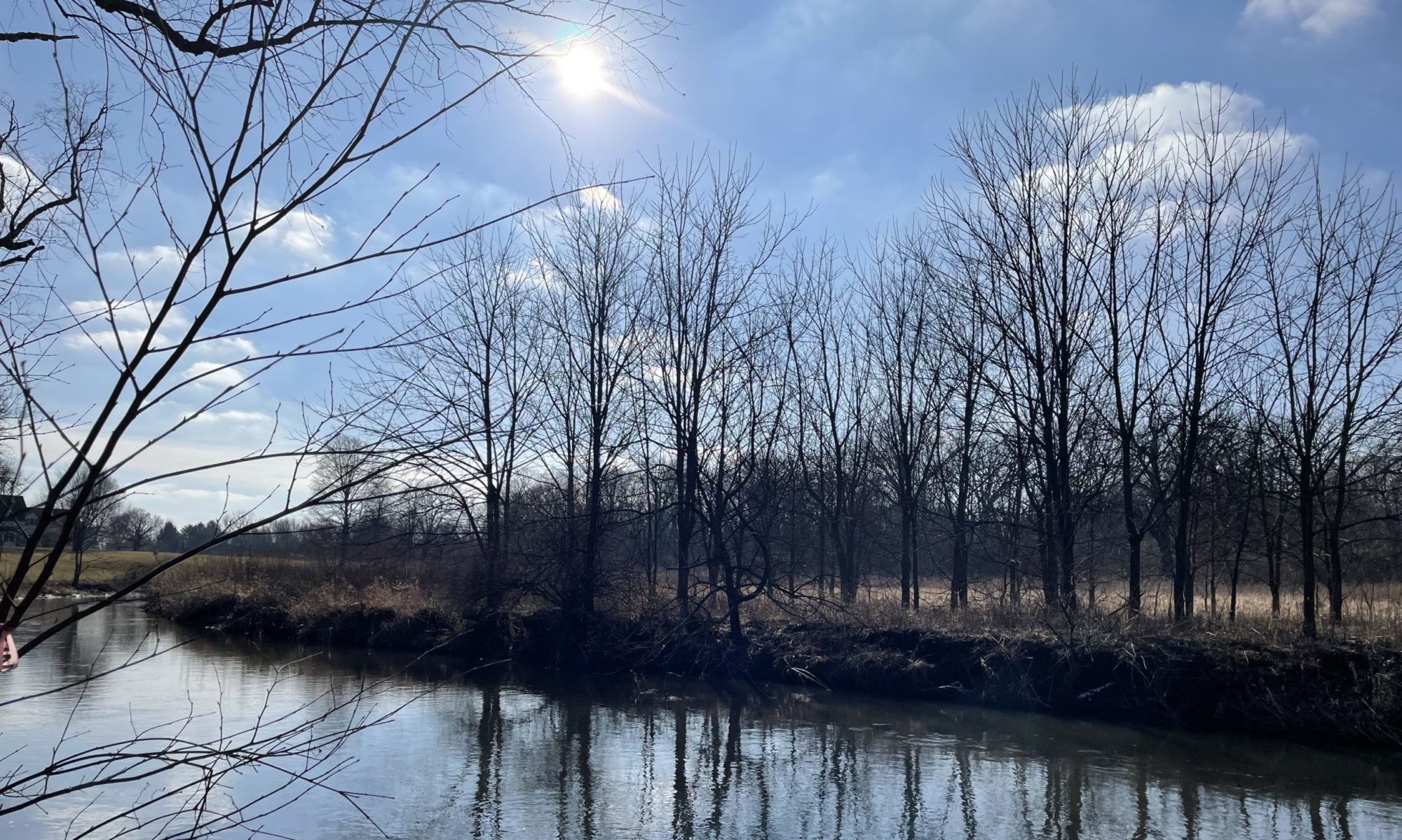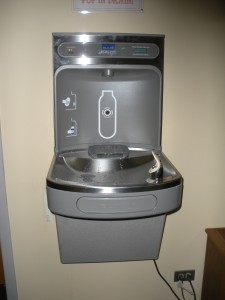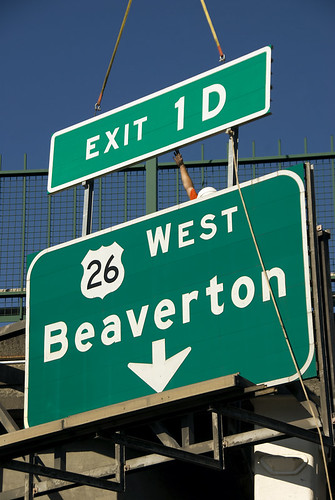Today I read an article on Reuters indicating voters are increasingly supportive of government leasing infrastructure assets. I cannot imagine how anyone who truly understands infrastructure and government can come away with a blanket statement supporting privatization of government assets.
From reading the story, I can only think that these voters are making this decision after politicians have given them little background information and the choice of selling/leasing or paying more taxes. Of course most voters presented with only that information would choose to privatize.
But let’s look at what really happens in many cases when government decides to privatize:
Why do those in charge of our assets even consider something like this?
Often these deals are set up with all the best of intentions. Government leaders are truly trying to cut costs and save money; private companies are just trying to make a living and see a revenue stream that allows them to offer a service.
So why is privatization so risky for government?
First of all, because what is being sold is usually vital to the health, safety, and/or welfare of the community. Let’s just look at two examples of assets that are owned and maintained by government.
Roadways
Major thoroughfares in our country were initially built for the purpose of helping the U.S. in times of war to allow for fast movement of troops and equipment across our country. They also allow for fast movement of goods and services across our country and as such have now become vital to the economic well-being of our country.
Water and Wastewater Operations
In the late 1800s and early 1900s our country lost thousands due to outbreaks of disease and sickness – much of it linked to poor sanitation and contaminated drinking water supplies. People today are so used to having safe drinking water and effective elimination of wastes that they might take all this for granted. But all of this is only possible because of strict regulations by the EPA, trained professionals who provide treatment and maintenance of our water and wastewater facilities, and continued investment in the systems by our politicians.
So let’s consider some of the risks that can occur in each of these examples if a community leases or sells government assets:
Example 1: A government entity approves a long-term lease to a private company for a major tollway that is designed with a 20 year life. After 20 years of collecting tolls, the company is now faced with a 40 million dollar road and bridge reconstruction project. If they were a well-run business, they would have banked a portion of their revenue to help fund this. The other alternative available is a bond for the project backed by future revenues.
But what if they didn’t bank this money or they do not want to or can’t afford to give up future revenues. Looking at losing millions, they decide to fold or go bankrupt? What is the government entity to do? Not fixing the asset is not an option. People depend on it; the economy depends on it. So the government is then faced with spending 40 million after not collecting tolls for all those years and having to pledge future tolls to the project. And in the end, the taxpayers have to pay anyway – they just put it off 20 years. The government must also spend money ramping up their road maintenance departments to handle the return of this asset.
And where is the money government got in the up front lease purchase? Who knows. Often these funds seem to be spent on non-infrastructure related expenditures. Many times used to shore up failed funds that were poorly managed.
Example 2 – a major tollway is sold to a private company. After about 10 years of little to no maintenance, the road starts to fail considerably or perhaps the traffic on the road increases to the point that there are increase accidents and travel times. People complain to the company, but why should the company listen to them. The road is a major corridor, and they know people will drive it. People have little to no recourse – there is no one to be voted out in this case. So people are forced to have to use a failed asset with no voice in the matter.
Example 3 – God forbid our country goes to war and fighting occurs on U.S. soil. We need to move troops and equipment across the land and provide vital services to our citizens, but the country we are at war with owns our assets: roads, water, wastewater. Even if we somehow secure these facilities, enough significant damage could have been done before this could happen. And now with many assets controlled over the Internet, who knows what damage they could do or have provided for in these facilities in case of this type of situation. Is this a paranoid outlook and extreme. Yes, but is it worth the risk? Just because some politician doesn’t want to work a little harder or better at managing the asset.
Example 4 – Now let’s look at an asset that might at first not even seem that vital to the well-being of a community: parking meters in a downtown. The community for whatever reason decides to approve a long-term lease to a single company. The company is ill-prepared to handle the resulting maintenance and user interactions. People are upset and complain to the government, but they have their money and have no further leverage to get the company to address complaints.
Because the volume of complaints to the government rise to a level that concerns politicians, the government decides to go ahead and perform the maintenance and repairs to the meters themselves using their own staff. And the company continues to collect revenues from the meters as they will for the next 50 or 100 years while the government tries to address citizen concerns. Oh, and by the way, shortly after getting the lease approved, the company raised parking meter rates considerably. And again, the government officials have no leverage to prevent this.
What happens now? In this case, the economic well-being of the community might be threatened if people decide against driving to this community and paying these fees. Local business loses out on sales; local tourism loses visitors.
(The example above might resonate somewhat with those living in Illinois.)
Example 5 – This example will only address privatization of a service – not even selling or leasing an asset, and this example is based on strictly on a real scenario that played out. A city hires a local hauler to provide solid waste pickup. The deal is the city pays the hauler a flat fee per household for pickup only. The city then pays the landfill the charge for the city’s waste that is dumped there by the hauler. This goes on for many years with the city paying both entities.
Eventually the waste hauler is bought out by another person who discovers the drivers of the garbage trucks have been telling the landfill that all the garbage they dump there came from this city even though the hauler picks up waste from other communities. This city ended up paying for waste from other cities to the tune of about $300,000 that could be documented. Fortunately the new owner agreed to pay it back over time. But now the city is obligated to hire this particular hauler for fear of not getting their money in the future. And even worse, the hauler will not divulge the amount of waste taken each day out of this community – there is no provision requiring him to. Nor can any citizen ask for it because FOIA rules do not cover a private entity.
I could go on and on with examples but will leave it at that since this post is already long enough!
So what is the answer? Is all privatization bad?
I realize some of these examples are worse extremes, but two of the examples relate what has already been experienced by at least two communities. Are there success stories? Yes, most definitely. But as the say, “the devil is in the details.”
So most definitely privatization can work, but not in all cases and not at all if the agreements are poorly written.
If politicians do not have an adequate business background to cut privatization deals, they need to find someone who does to ensure all the issues and potential risks are addressed. And if the risks do not outweigh the upfront payoff, privatization of the asset must not be approved. Because at the end of the day, the citizens are the ones who will be paying the tab for a failed or poorly executed deal.




